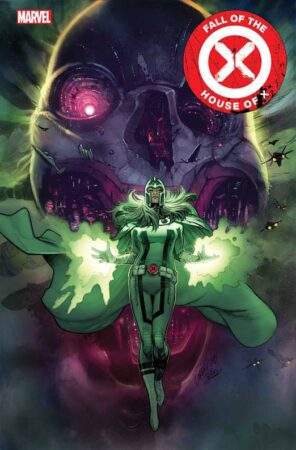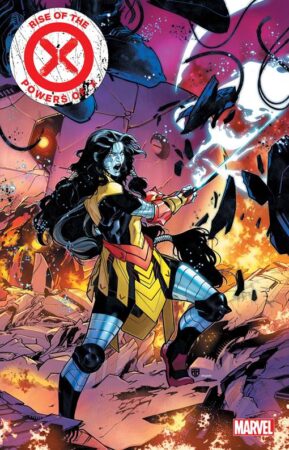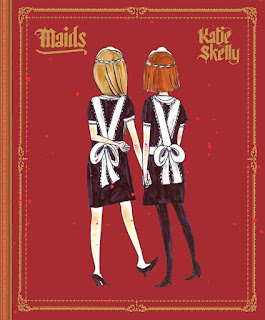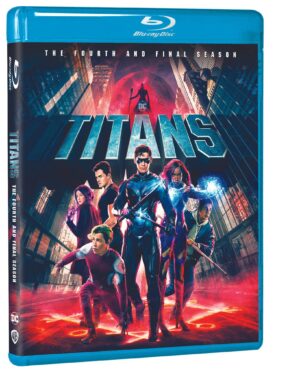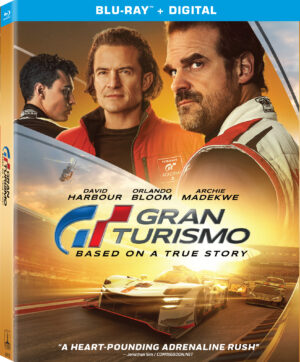REVIEW: Justice League x RWBY: Super Heroes & Huntsmen, Part Two
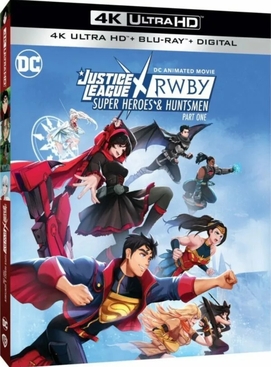
The Justice League and the Huntsmen are back in Justice League x RWBY: Super Heroes & Huntsmen, Part Two, to conclude the underwhelming story from April’s part one. Other than commercial considerations, there is no real reason for the two teams to be paired together; no real character and dramatic opportunities are present, which may be why the story doesn’t really work.
We force the JL heroes to be transformed into teen versions of themselves and brought to the Huntsmen’s world, working across Remnant’s four kingdoms of Vale, Mistral, Atlas, and Vacuo to fight the good fight. Superman, Wonder Woman (Laura Bailey), Batman (Troy Barker), and The Flash (David Dastmalchian) are teamed with Ruby (Lindsay Jones), Weiss (Kara Eberle), Blake (Arryn Zech), and Yang (Barbara Dunkelman) to fight the Grimms and save the world. As part two opens, we continue with the cliffhanger, the revelation that Flash foe Kilg%re (Tru Valentino) trapped the heroes in a computer simulation. Now, the adult and more familiar Justice Leaguers are working with the altered Huntsmen, complete with freshened uniforms.
There’s plenty of action to amuse the core audience, but it comes at the expense of letting the revised RWBY heroes explore their new forms. Characterization is always sacrificed for action; storytelling be damned. The overall conclusion works, but overall, you are left wondering why did they bother with this.
Warner Home Entertainment has released this in all the usual formats, including the 4K Ultra HD/Blu-ray/Digital Code combo pack. Rooster Teeth’s attempt to animate their 3D look works for the most part and the 2160p and 1080p high-definition transfers work for the most part, maintaining a smooth look. The colors are well-preserved and the action is clear. The DTS-HD 5.1 Master Audio track is actually somewhat better, and an improvement over Part One.
The Special Features are fine with a perfunctory feel to them. These include I’ve Got Your Back: The Bond Between Justice League and RWBY (6:45) and You Look… Different: RWBY on Earth (7:12).
Overall, if you are a RWBY fan, this is must-see viewing, while JL fans can use this to pass the time until 2024’s more substantial offerings.




